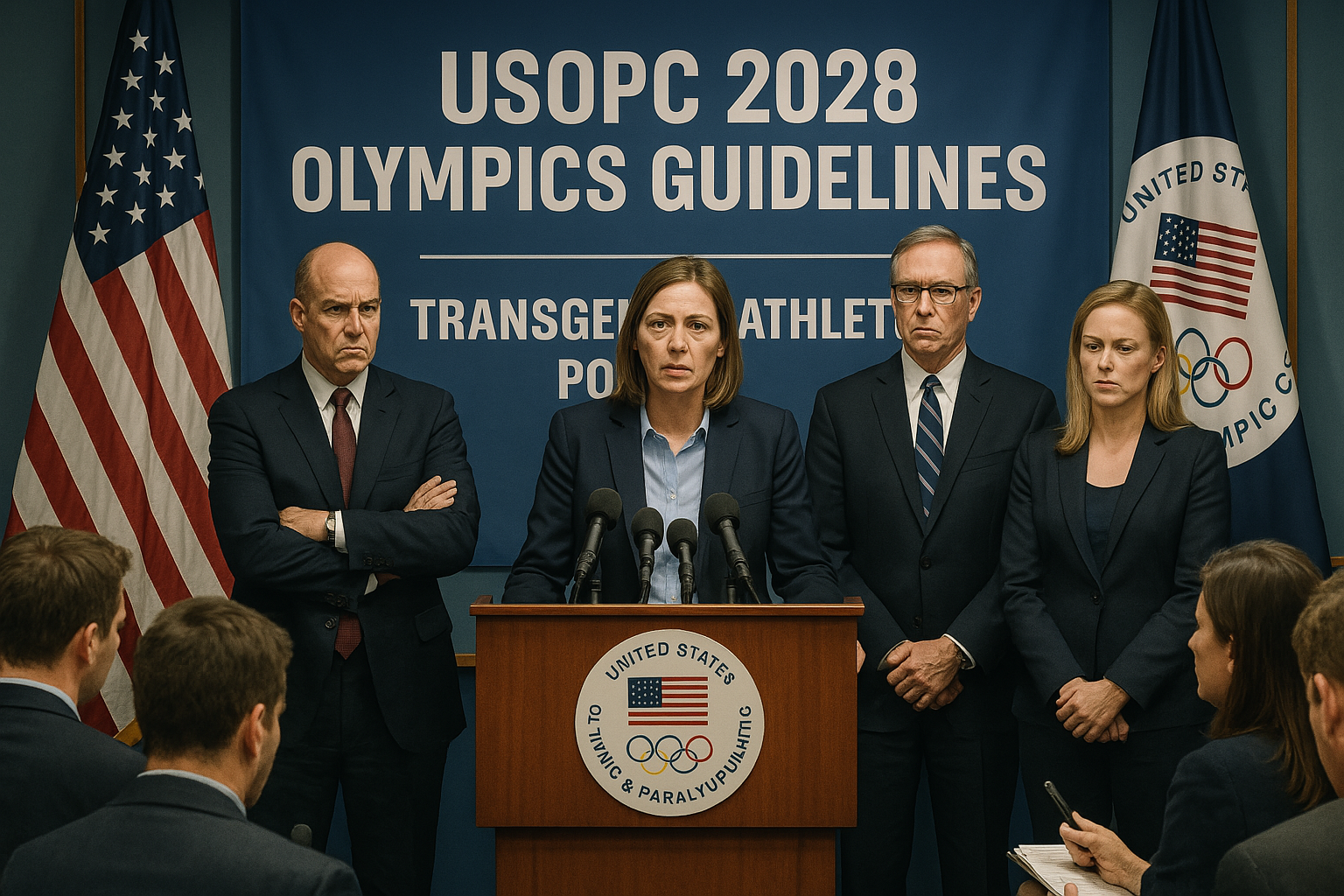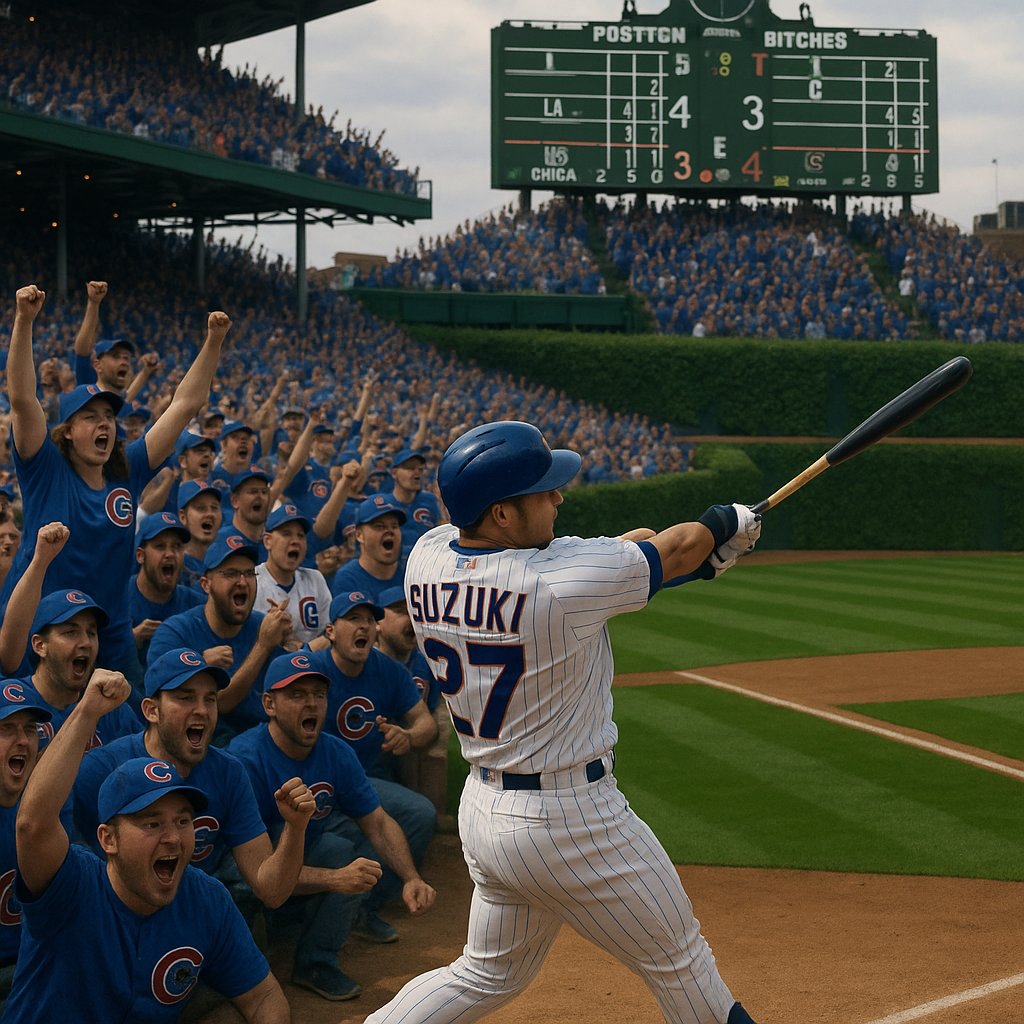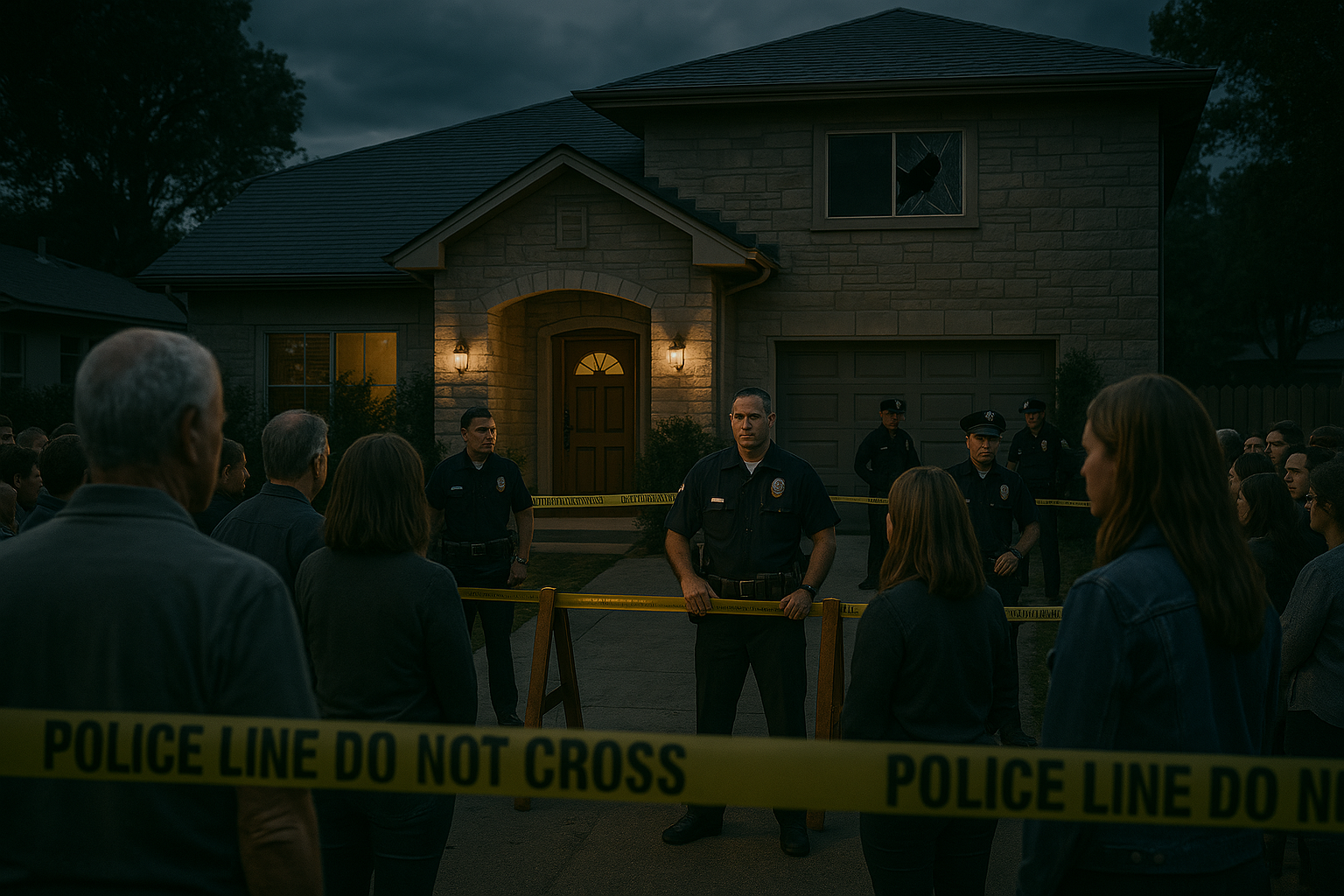The Tragic Death of Reggie Lewis: A Life Cut Short and a Legacy That Endures

Introduction:
On July 27, 1993, the basketball world was shaken by the sudden death of Reggie Lewis, an All-Star forward for the Boston Celtics and a beloved figure in the NBA. Just 27 years old, Lewis collapsed during a routine practice at Brandeis University and never got back up. His death stunned fans, raised unsettling questions about athlete health, and left a promising legacy painfully unfulfilled. This article revisits Reggie Lewis’ life, his basketball career, the circumstances surrounding his tragic death, and the aftermath that reverberated across sports and medicine.
Early Life and Rise to Stardom:
Reggie Lewis was born on November 21, 1965, in Baltimore, Maryland. Raised in the city’s tough neighbourhoods, he found solace and purpose in basketball. Lewis starred at Dunbar High School, which boasted a legendary basketball program alongside future NBA players like Muggsy Bogues and David Wingate. Under Coach Bob Wade, the team went undefeated for two straight seasons.
Lewis later attended Northeastern University in Boston, where he played under coach Jim Calhoun. During his college years, he became the university’s all-time leading scorer and led the team to multiple NCAA tournament appearances. His smooth jump shot, athleticism, and leadership stood out.
NBA Career with the Boston Celtics:
Reggie Lewis was drafted 22nd overall by the Boston Celtics in the 1987 NBA Draft. At a time when the Celtics were transitioning from the golden era of Larry Bird, Kevin McHale, and Robert Parish, Lewis represented hope for the franchise’s future.
After a modest rookie season, Lewis broke out in his second year, averaging 18.5 points per game. By 1991-92, he had become the Celtics’ leading scorer and earned an All-Star selection. His quiet demeanor and fierce competitiveness endeared him to fans and teammates alike. Lewis was seen as the cornerstone for a new generation of Celtics basketball.
First Collapse: April 29, 1993:
Trouble surfaced during the 1993 NBA Playoffs. On April 29, during Game 1 of the Celtics’ first-round matchup against the Charlotte Hornets, Lewis suddenly collapsed on the court without contact. He quickly got up and returned to the game, but left again moments later, complaining of dizziness and shortness of breath.
Medical evaluations began immediately. A team of doctors diagnosed him with “focal cardiomyopathy,” a potentially fatal heart condition that could severely limit physical activity—or worse, end his career. However, seeking second opinions, Lewis found conflicting assessments. A separate panel of doctors later downgraded the condition, calling it a “less serious” neurocardiogenic fainting episode. This contradiction would prove deadly.
The Day Reggie Lewis Died:
Despite the initial warnings, Reggie Lewis returned to light workouts in the summer of 1993. On July 27, during an off-season practice at Brandeis University, Lewis suddenly collapsed again. This time, he did not get up. CPR was administered on-site, and he was rushed to a nearby hospital, but it was too late.
Reggie Lewis was pronounced dead at just 27 years old. The cause: sudden cardiac death due to hypertrophic cardiomyopathy, a structural heart disease that often goes undetected in athletes. It was the same diagnosis his original medical team had warned of just months prior.
Medical Controversy and Investigations:
In the weeks and months after Lewis’s death, a storm of controversy erupted. How could a professional athlete die from a condition that doctors had previously downplayed? Who was responsible for clearing him to train again?
Investigations revealed that Lewis had consulted over a dozen doctors, and conflicting diagnoses added to the confusion. The Celtics’ team physician, Dr. Gilbert Mudge, was among those who minimized the initial findings, labeling the condition as not life-threatening. Some critics accused the Celtics of prioritising performance over safety.
Later revelations suggested that Lewis may have used performance-enhancing substances such as ephedrine, a stimulant that can exacerbate heart conditions. However, no conclusive evidence confirmed this theory.
The Aftermath: Legacy and Lessons Learned:
The death of Reggie Lewis led to profound changes in how athlete health—particularly heart health—is monitored. The NBA and other sports organizations began to implement stricter cardiac screening protocols for players.
In Boston, Lewis’s memory lives on. The Reggie Lewis Track and Athletic Center in Roxbury was named in his honor and serves as a community center promoting youth athletics. Northeastern University retired his jersey and continues to recognise his legacy. His widow, Donna Harris-Lewis, became an advocate for heart disease awareness and founded the Reggie Lewis Foundation to support education and youth development.
Impact on the Celtics and the NBA:
Reggie Lewis was more than just a player; he was the Celtics’ future. His death plunged the franchise into mourning and set them back years in their rebuild. The team struggled for much of the 1990s, lacking the leadership and scoring that Lewis provided.
On a league-wide level, Lewis’ death was a sombre reminder of the fragility of even the fittest athletes. It echoed the earlier tragedy of Len Bias, another Celtics draft pick who died of a cocaine overdose in 1986, and foreshadowed later efforts by the NBA to improve health screenings and substance regulations.
Conclusion:
Reggie Lewis’ life was a study in perseverance, talent, and grace. From Baltimore’s inner city to the parquet floor of the Boston Garden, he carried himself with humility and purpose. His death—untimely and preventable—sparked overdue conversations about athlete health, medical accountability, and the price of misdiagnosis.
Though his career was cut short, Lewis’ legacy continues to influence sports medicine, community outreach, and the hearts of Celtics fans. His jersey, #35, was never officially retired, but no Celtic has worn it since—an unspoken tribute to a fallen star whose light still shines.











